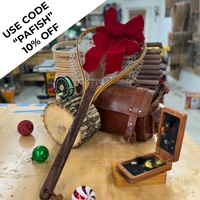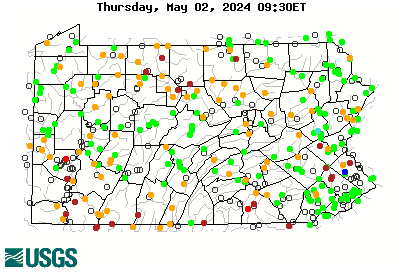mt_flyfisher
Well-known member
Probably one of the oldest and best known wet flies is the Partridge and Orange. It’s a very simple fly that calls for an orange Pearsall silk body with Hungarian Partridge hackle. The problem with using Pearsall’s silk, if you can find it, is that it’s getting pretty doggone expensive, as you can see from what was sold on EBay a few days ago.

Yesterday, I found this Embroidery thread on Facebook Marketplace. All of those 1000m spools in a nice plastic case with a handle for $20.00. I really liked the color selections, so I bought it.

It is slightly larger diameter than the Pearsall’s silk, but I think you could easily tie flies down to #20’s or so. And, I don’t see much difference between this orange embroidery thread color and the Pearsall’s silk orange that I’ve been using for the Partridge and Orange wet fly.

Embroidery thread is relatively inexpensive, and comes in just about every color imaginable. Think it will work?
P.S. I’m half tempted to book a beat on a well known British chalk stream and fish wet flies downstream tied with this embroidery floss. 😃
Yesterday, I found this Embroidery thread on Facebook Marketplace. All of those 1000m spools in a nice plastic case with a handle for $20.00. I really liked the color selections, so I bought it.
It is slightly larger diameter than the Pearsall’s silk, but I think you could easily tie flies down to #20’s or so. And, I don’t see much difference between this orange embroidery thread color and the Pearsall’s silk orange that I’ve been using for the Partridge and Orange wet fly.
Embroidery thread is relatively inexpensive, and comes in just about every color imaginable. Think it will work?
P.S. I’m half tempted to book a beat on a well known British chalk stream and fish wet flies downstream tied with this embroidery floss. 😃





